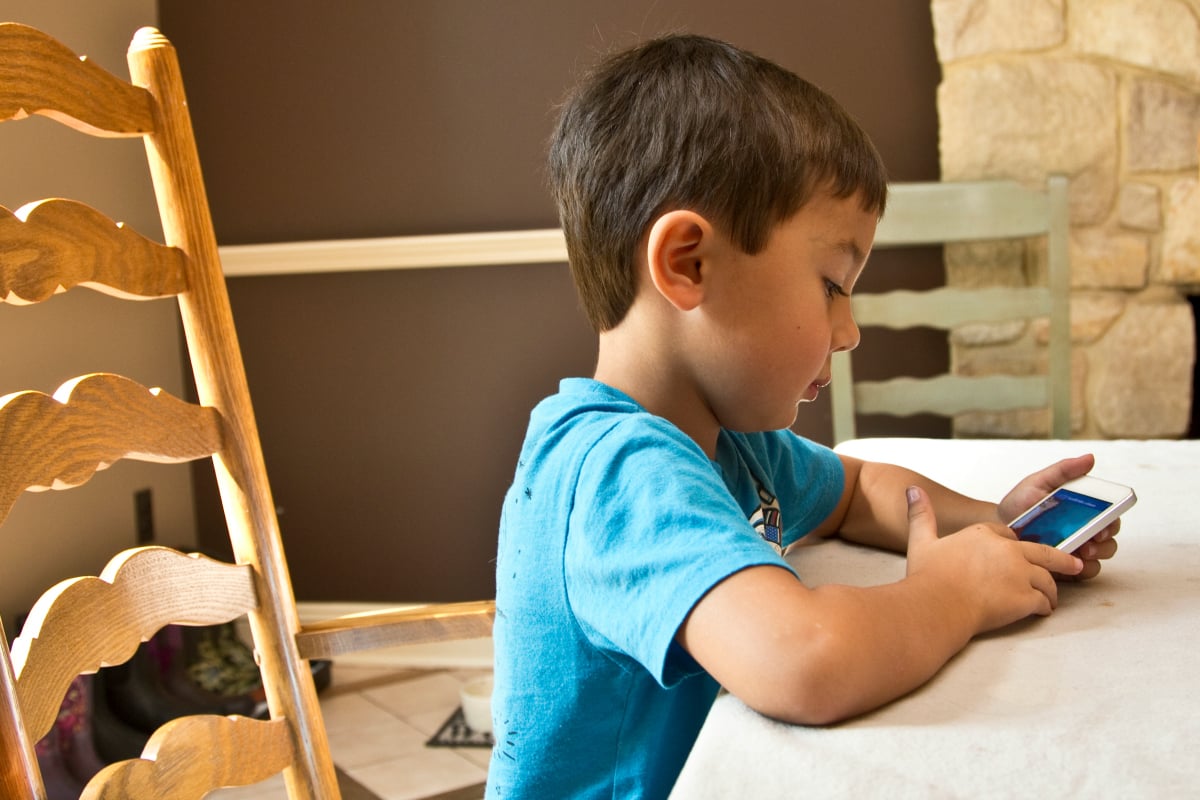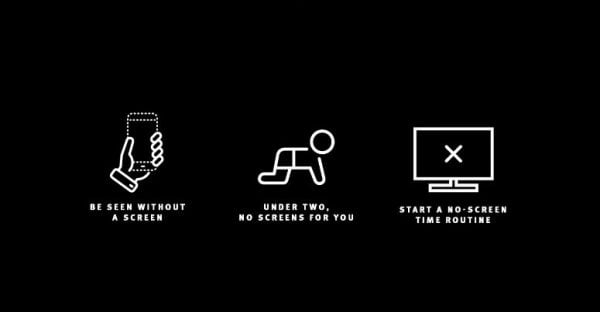

Kids today can watch or play anything, anytime. Literally everything is available at the touch of a button. No wonder they can’t get enough of it.
Screen time is an area of concern for most parents. We all wonder if we’re getting it right.
Queensland Health has produced a fascinating three-minute documentary called Square Eyes (watch below) looking at the impact of screen time on Queensland kids with experts in the field.
Rather than suggesting that we can’t have devices or the TV on in the background, Director of Psychology at Children’s Health Queensland Josie Sorban tells us that screen time “is not, in itself a bad thing – it’s how we use it”.
Watch: Queensland Health’s Square Eyes documentary. Post continues after video.
Sorban feels that it’s not about banning screens altogether, it’s about controlling their use.
Queensland Health’s Healthier. Happier. guidelines tool is a handy reference tool sourced from national guidelines that you can use to check the amount of screen time for your child, depending upon their age.
The recommendations are as below:
- Kids five to 17: no more than two hours per day
- Kids two to five: less than one hour per day
- Kids under two: no screen time
However, according to the Australian Child Health Poll, 60 per cent of primary school-aged children and 85 per cent of teenagers are already spending more than two hours using screens on a typical weekday.
Mamamia spoke to four parents about how they manage their children’s screen time to see what works, and what doesn’t, in practise.





























































































